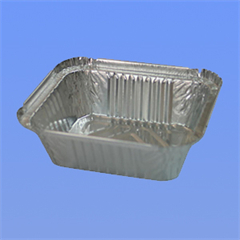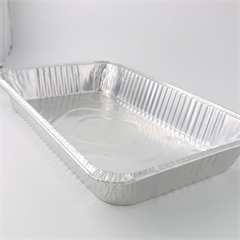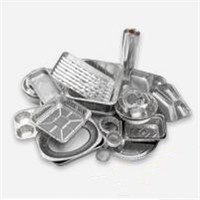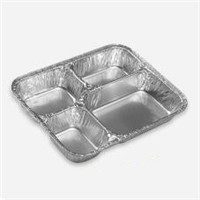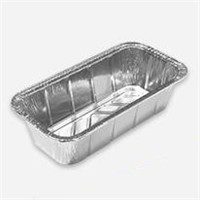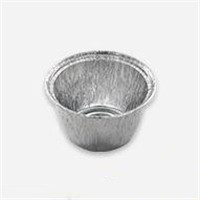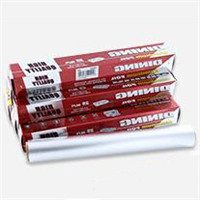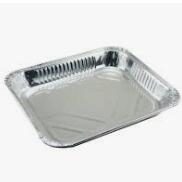The history of aluminum containers dates back to the early 20th century. Here are the key milestones in the development and evolution of aluminum containers:
- Early Experiments: In the late 19th century, aluminum was a rare and expensive metal, making it impractical for widespread use. However, inventors and scientists were conducting experiments to find ways to produce aluminum in larger quantities and at a more affordable cost.
- Aluminum Production Advancements: In 1886, the Hall-Héroult process was invented independently by Charles Martin Hall in the United States and Paul Héroult in France. This process allowed for the large-scale production of aluminum by electrolysis of aluminum oxide. With the development of this process, aluminum became more commercially viable.
- Introduction of Aluminum Cans: The first aluminum cans were introduced in the early 20th century. The American Can Company (later renamed to the Aluminum Company of America, or Alcoa) began producing aluminum cans for beverages in 1958. These cans offered advantages over traditional tin-plated steel cans, such as lighter weight and better resistance to corrosion.
- Popularity and Growth: Aluminum cans gained popularity quickly due to their advantages. The beverage industry, in particular, embraced aluminum cans as they were lightweight, easily stackable, and provided effective protection for the contents. Aluminum cans started to replace other packaging materials like glass and steel cans.
- Expansion to Other Applications: The success of aluminum cans in the beverage industry led to the exploration of aluminum containers for other applications. Aluminum trays, foil containers, and other forms of aluminum packaging were introduced for various products, including food, cosmetics, pharmaceuticals, and more.
- Recycling Initiatives: In the 1970s, aluminum recycling programs and initiatives were introduced to address the environmental impact of packaging waste. The high recyclability of aluminum containers made them a prime target for recycling efforts. The recycling rates for aluminum cans have increased significantly over the years, making aluminum one of the most recycled materials worldwide.
- Technological Advancements: Over time, technological advancements have further improved the manufacturing processes and design of aluminum containers. These advancements have led to innovations such as improved sealing methods, easy-open tabs, and specialized coatings to enhance the barrier properties of aluminum containers.
Today, aluminum containers are widely used in various industries due to their lightweight nature, durability, recyclability, and protective qualities. They continue to evolve and adapt to meet the changing demands of consumers and businesses, while also striving to minimize their environmental impact.
